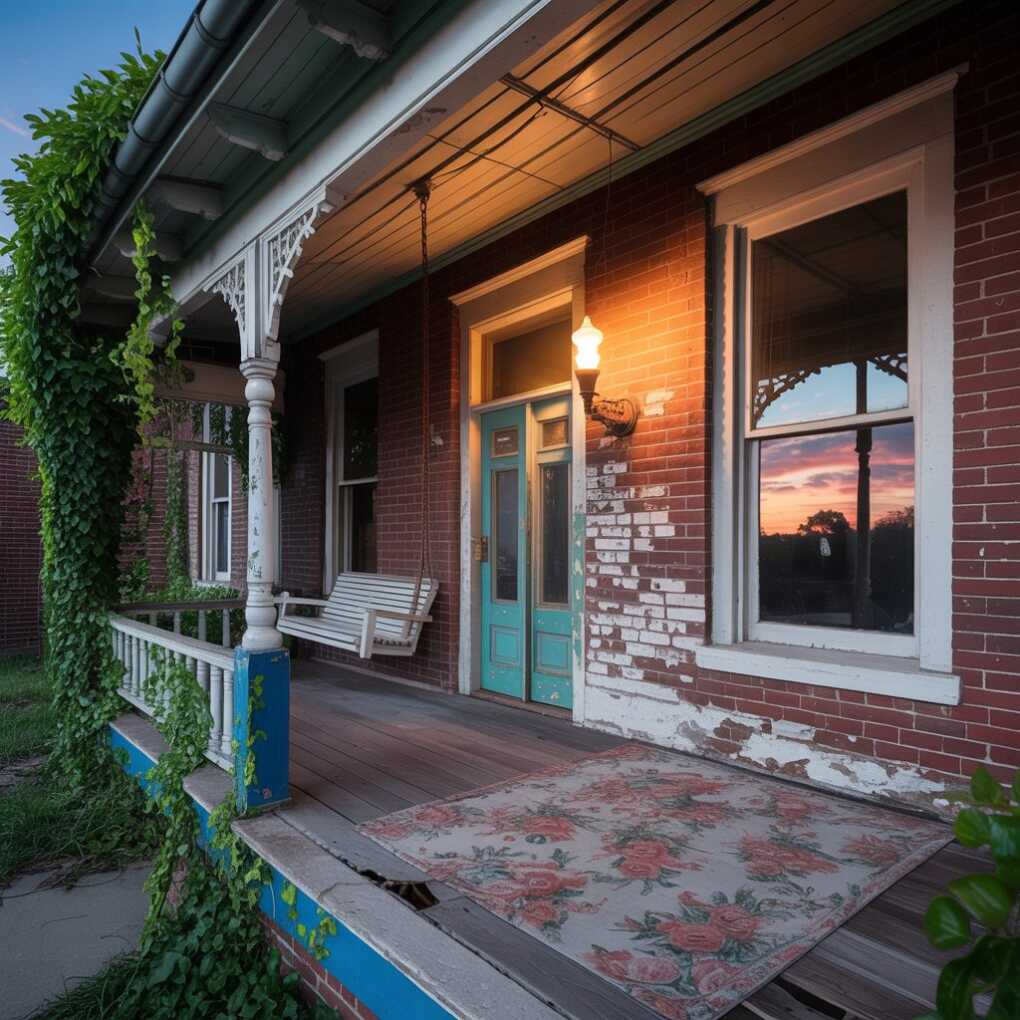Old houses have this weird charm that pulls you in. The craftsmanship, the history, those little quirks that newer homes just don’t have. But man, renovating them can be a real headache if you’re not prepared.
I’ve been there – bought this 1920s bungalow thinking it would be fun to fix up. Three years and way too much money later, I learned some tough lessons.

What’s Actually Worth Saving in That Old House
Not everything old deserves to be saved, honestly. Those original hardwood floors? Probably worth refinishing. The ornate trim work and built-ins? Keep them if you can.
But that ancient boiler that’s barely functioning? The knob-and-tube wiring that’s a fire hazard? The asbestos tile? Yeah, those need to go.
Original features worth keeping:
- Solid wood doors (they literally don’t make them like this anymore)
- Hardwood floors under that nasty carpet
- Plaster walls in good condition
- Original windows IF they can be properly restored and weatherized
- Cast iron radiators (they actually work really well when maintained)
I kept my original crown molding but ditched the outdated kitchen cabinets that weren’t even original to the house. You have to pick your battles.
Finding Contractors Who Understand Old Homes
This is really important. Modern construction techniques don’t always work in old houses. You need people who understand how these places were built.
A contractor who specializes in new builds might want to rip everything out and start fresh. Someone who loves old homes will know which problems are actually serious and which are just part of owning an old house.Let’s say, you need exterior upgrades, like siding, to improve the look and insulation. So, you need to find experts, such as Pinnacle Roofing, who offer Durable and stylish siding solutions to make sure your home is both protected and visually appealing. The right contractor will respect the original architecture while recommending modern, high-quality materials where they truly enhance the home.
Hidden Problems Your Inspector Might Miss
Home inspectors do their best, but they can’t see through walls. My inspector missed the completely rotted sill plate behind the basement drywall. That alone cost me $12,000 to fix.
Watch out for:
- Foundation issues hiding behind finished basement walls In some cases, foundation leveling may be necessary to restore structural stability and prevent further damage.
- Old plumbing that’s corroded inside (even if it looks fine outside)
- Electrical systems that have been DIY-modified by previous owners
- Structural water damage concealed by fresh paint
- Termite damage in places they can’t access
Get separate inspections for plumbing, electrical, and maybe even structural issues if you’re seriously considering an old home. It’s expensive upfront but beats the alternative.
Exterior issues often go undetected too. Many inspectors only note obvious siding damage but miss signs of deeper problems lurking beneath.
Water infiltration behind failing siding can silently rot structural elements for years before becoming visible. Look closely for warped boards, bubbling paint, discoloration, or soft spots that might indicate siding replacement should be a priority.
On older homes, original siding materials might contain asbestos or lead paint, creating health hazards during renovation. Consider having a specialist evaluate your exterior separately, particularly if you see any evidence of moisture problems inside perimeter walls.
Permits and Historical Restrictions You’ll Face
This part sucks. If your house is in a historic district, prepare for a whole new level of bureaucracy. I had to get approval just to replace my back door with something that looked almost identical.
Some areas require permits for basically everything – replacing windows, moving walls, upgrading electrical. And historic commissions can dictate paint colors, window styles, and even roofing materials. Check with your local building department and historic commission before buying, not after.
Setting a Budget (Then Adding 30% More)
I thought I was being smart by setting aside 20% extra for surprises. Should’ve been 50%. Old houses are just full of expensive secrets.
My bathroom renovation budget doubled when we discovered the floor joists were completely rotted. We found knob-and-tube wiring inside walls we weren’t even planning to open up. The chimney needed $8,000 in repairs we didn’t anticipate.
Just assume things will cost more and take longer. Period.
When Modern Updates Make Sense
You don’t need to be a purist about everything. I added central AC (carefully), updated the electrical panel, and put in a modern kitchen. The house still feels historic where it counts.
Sometimes the old stuff just doesn’t work for modern life. Low kitchen counters, tiny closets, inadequate insulation – these things can and should be updated.
Living Through the Chaos: Practical Considerations
If you’re planning to live in the house during renovation, prepare yourself mentally. Dust gets everywhere. You might be without a kitchen for months, not weeks. Your bathroom situation might be complicated.
Having a designated “construction-free” room helped keep me sane.
Preserving Character Without Breaking the Bank
You can maintain character without spending a fortune. Architectural salvage yards are your friend. So is YouTube for learning how to restore old windows or refinish hardwood yourself.
Dealing With Outdated Systems and Infrastructure
Old houses weren’t designed for modern electrical loads or multiple bathrooms. Be realistic about what the house can handle without major overhauls.
I had to completely rewire, add proper insulation, and upgrade the plumbing. It wasn’t cheap, but it made the house actually livable.
Old house renovation isn’t for everyone. But if you go in with your eyes open and your budget padded, the end result can be pretty amazing. Just don’t expect it to be easy.
